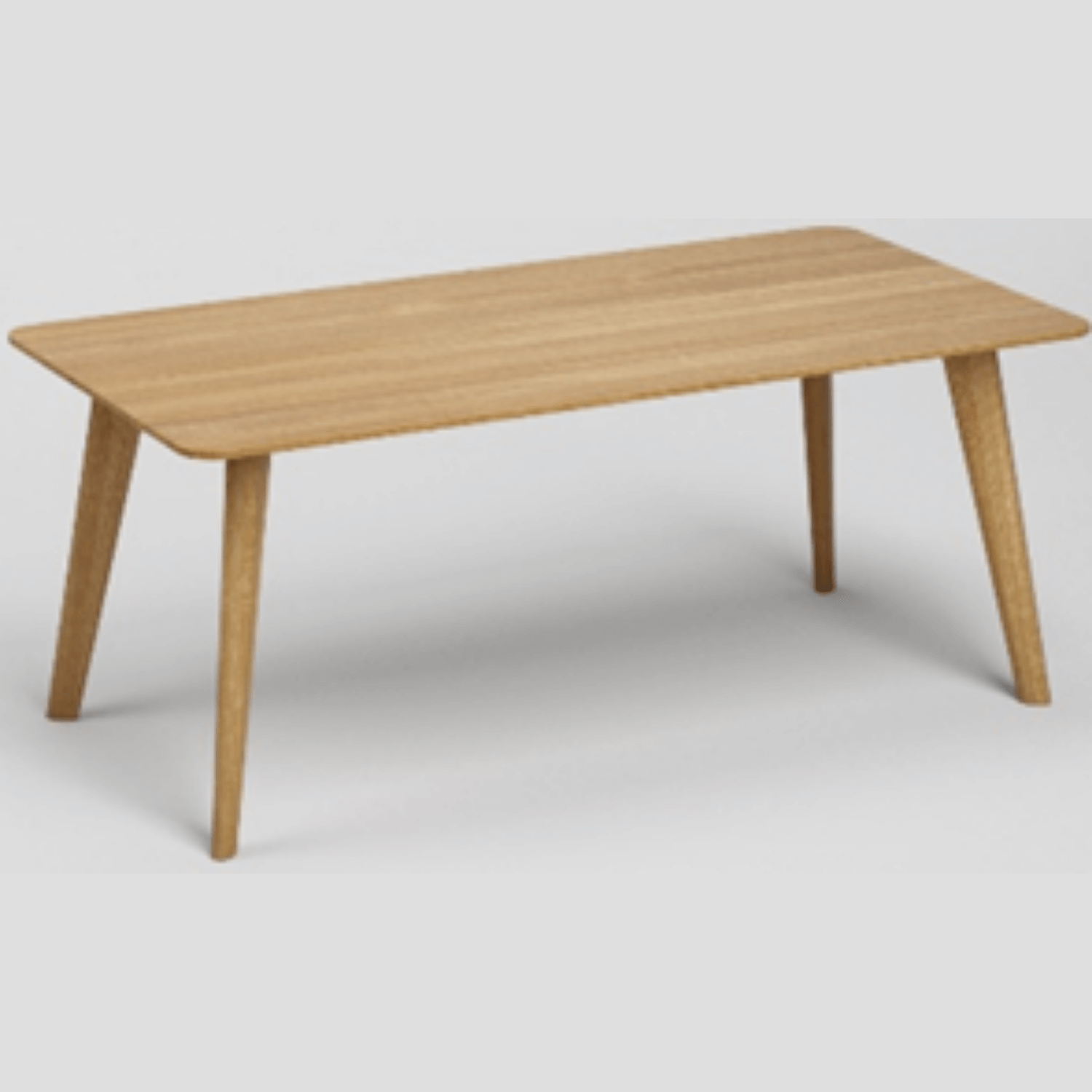Oak / Pedunculate oak / Sessile oak
bot. Quercus robur

Oak is an important European hardwood tree and is much appreciated both as a valuable source of wood and as a provider of food for many living organisms. The current habitat of the oak has been strongly influenced by man. Oak is deemed to be in need of light, resistant to flooding, storms and drought, and can live to be very old (500-800 years).
Comments
Sapwood minimal, heartwood durable. Weather resistant.
Hardness grade
37-41 Brinell
Color
Medium brown.
Color change
Yellows slightly.
The planting costs of commercial oak stands are relatively high because of the long time it takes to harvest valuable timber (thick, knotty shoots). However, these economic disadvantages are compensated by high prices for valuable timber. In the past, timber-framed houses were traditionally built from oak. For centuries, sculptures and imposing altars have also been crafted from oak.
Origin
- Natural occurrence in Europe to Little Asia, predominantly in mixed hardwood forests, but also in the free-range (often on meadows and in parks).
- No occurrence in central and northern Scandinavia and large parts of Spain.
Wood character
- Decorative, ring-porous hardwood. Annual ring boundaries sharply demarcated from each other, with the rough-pored early wood pore ring visible on the longitudinal surfaces as concise veins or stripes.
- Wood with mandatory coloured heartwood, sapwood light (yellowish white), heartwood yellowish-brown to dark brown.
- The light-coloured sapwood is rarely used in interior finishing, as it is often affected by vermin and/or mould.
- The wood rays can appear on the wood surface as clearly visible "mirrors".
Use
- Oak is at present the most requested type of wood at vonRickenbach.swiss AG and is made into table tops and tables, bed frames, chairs and various furniture components (legs, bars, handles, etc.).
Characteristics
Weight: 690 KG/M³
Weight (Average bulk density air dry, ᵨ 12...15)
Average hardness: 30 N/MM²
Average hardness according to Brinell (radial)
Stability: gut
Dimensional and form stability
Durability: wenig dauerhaft bis mäßig dauerhaft
Natural durability according to DIN-EN 350-2



